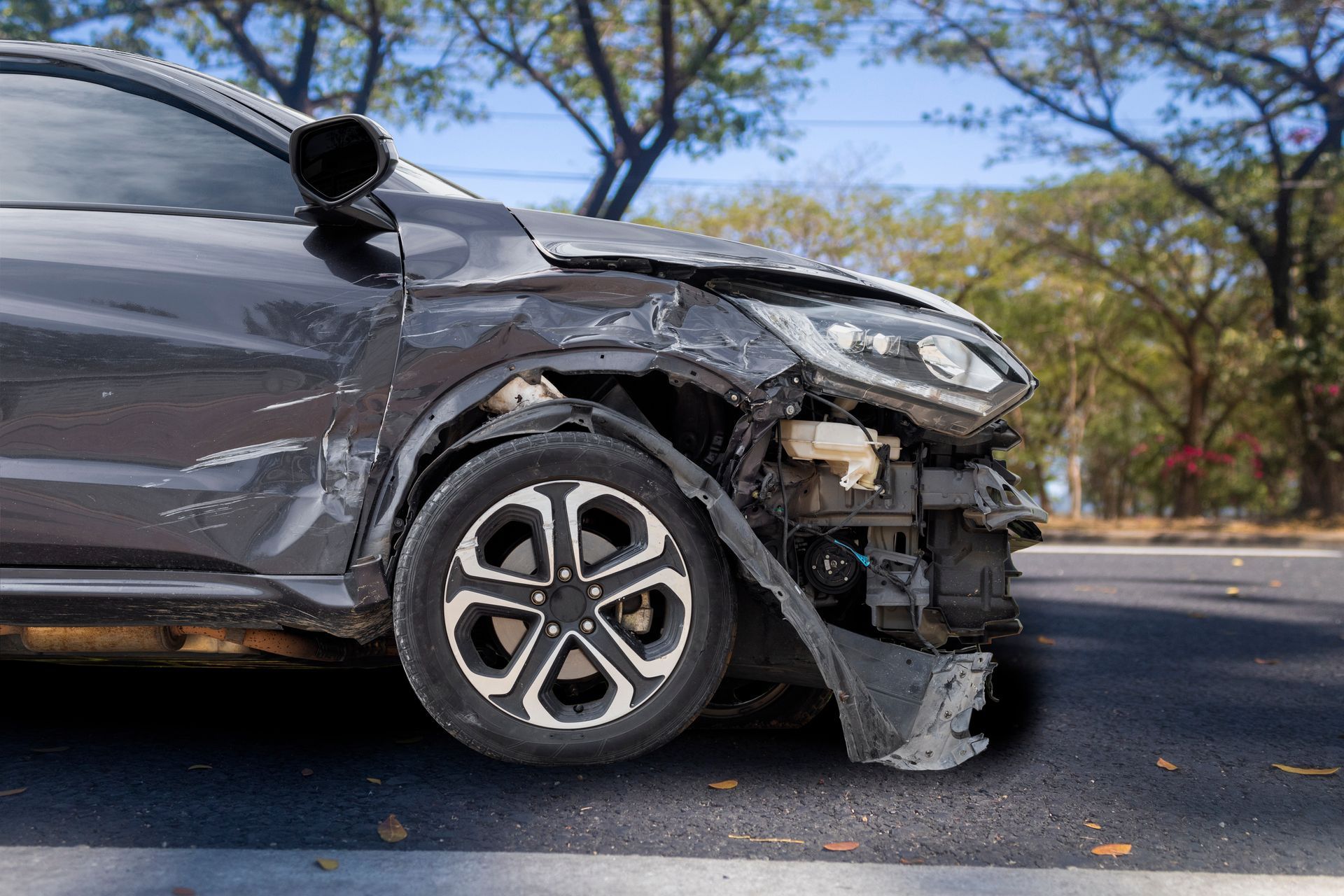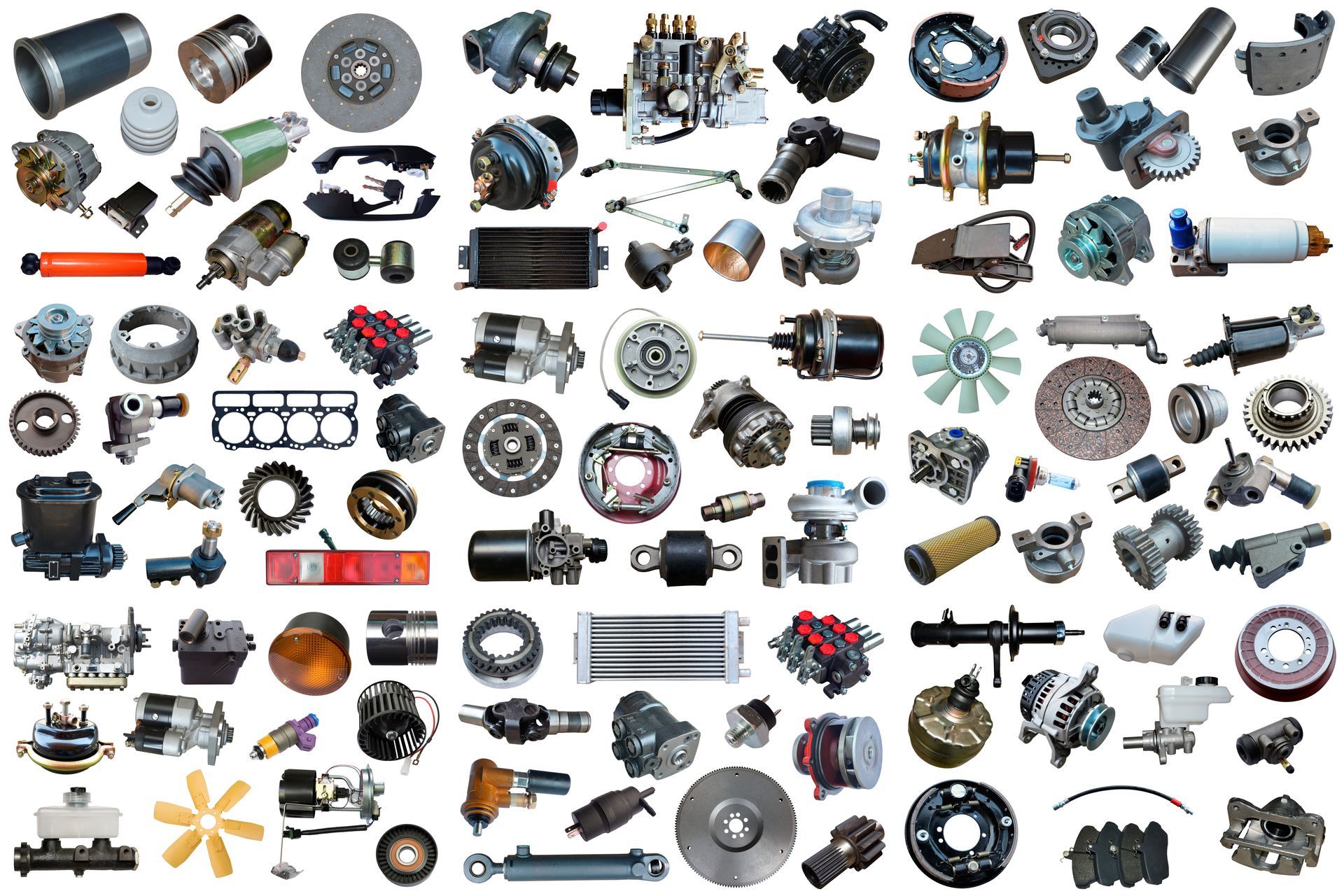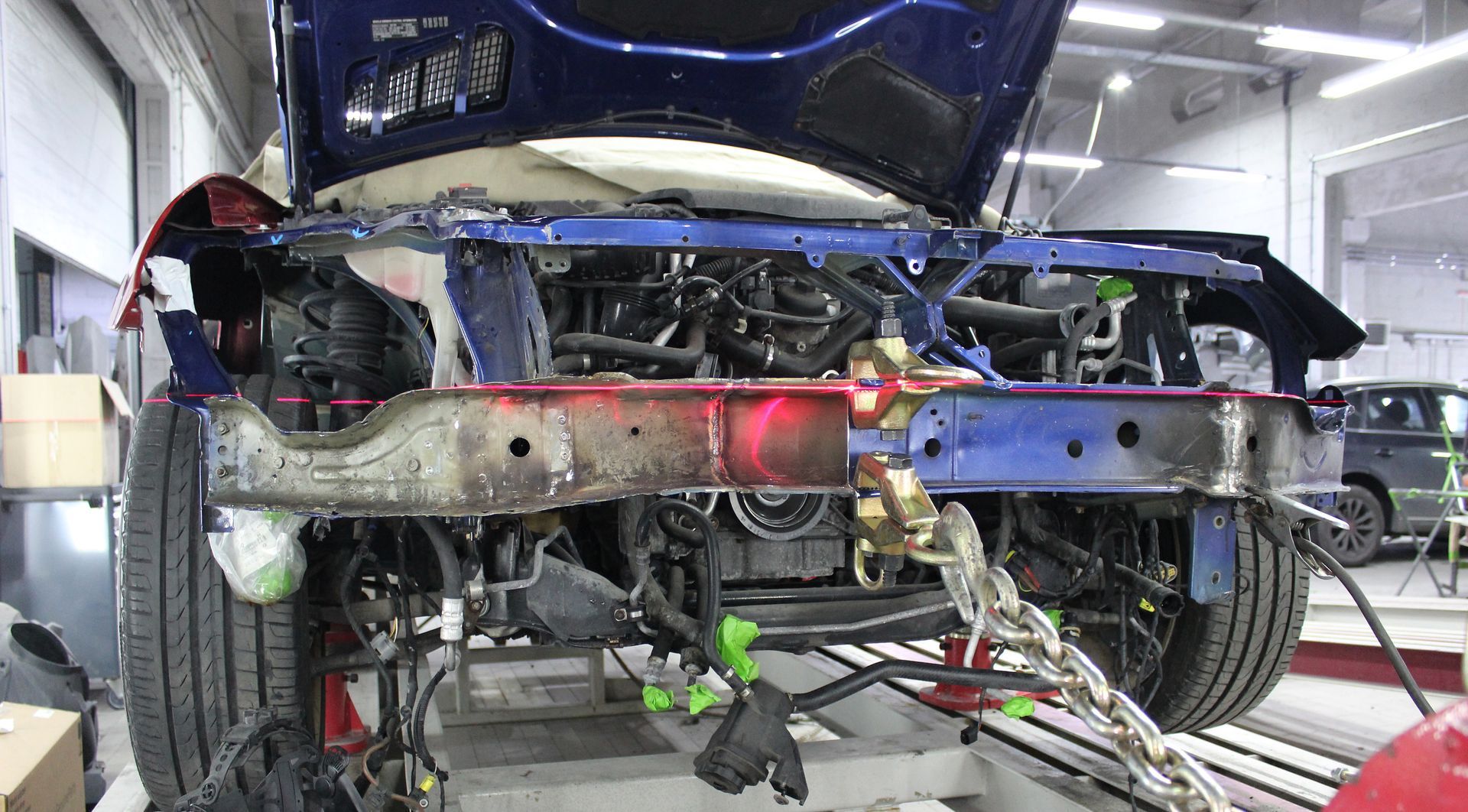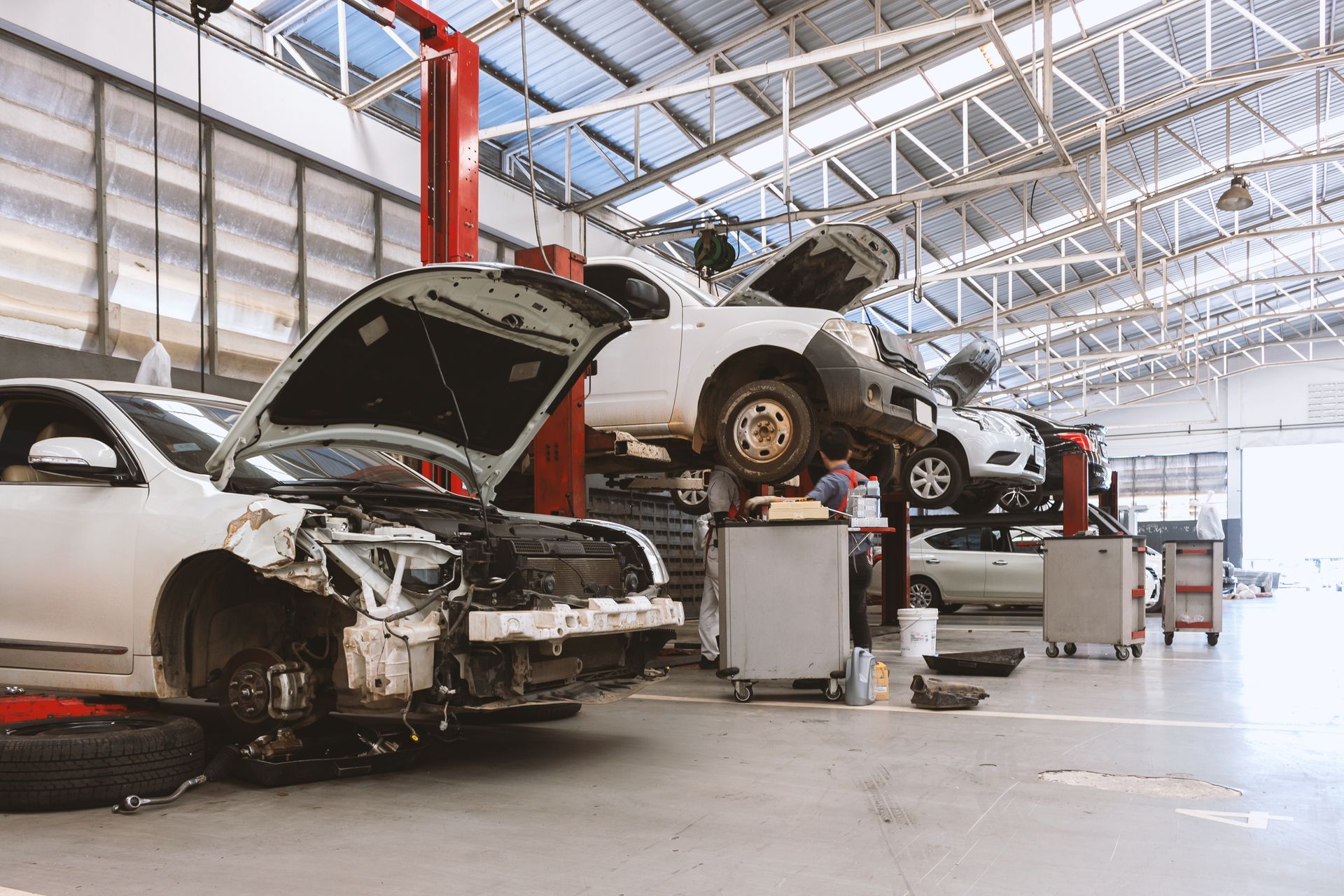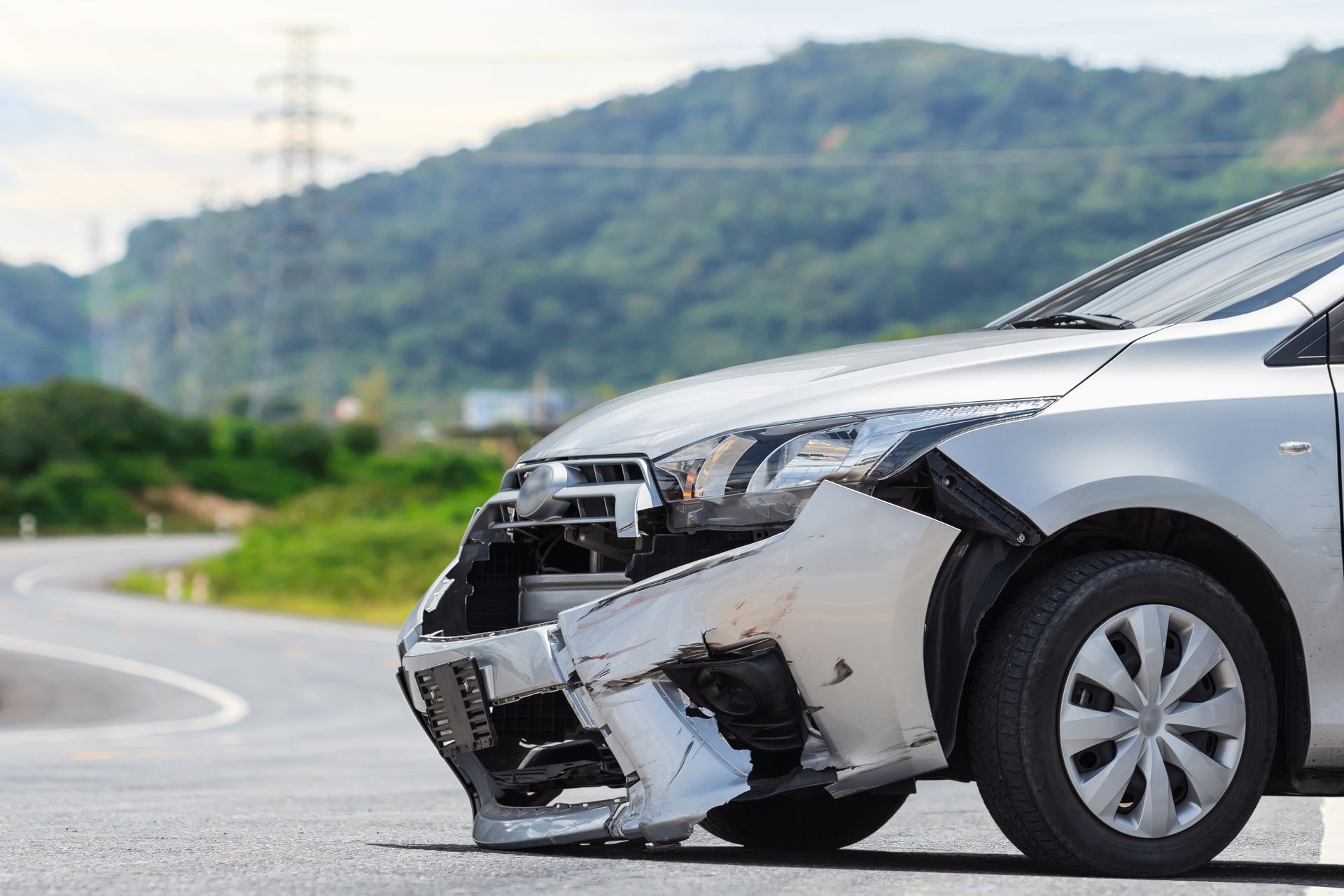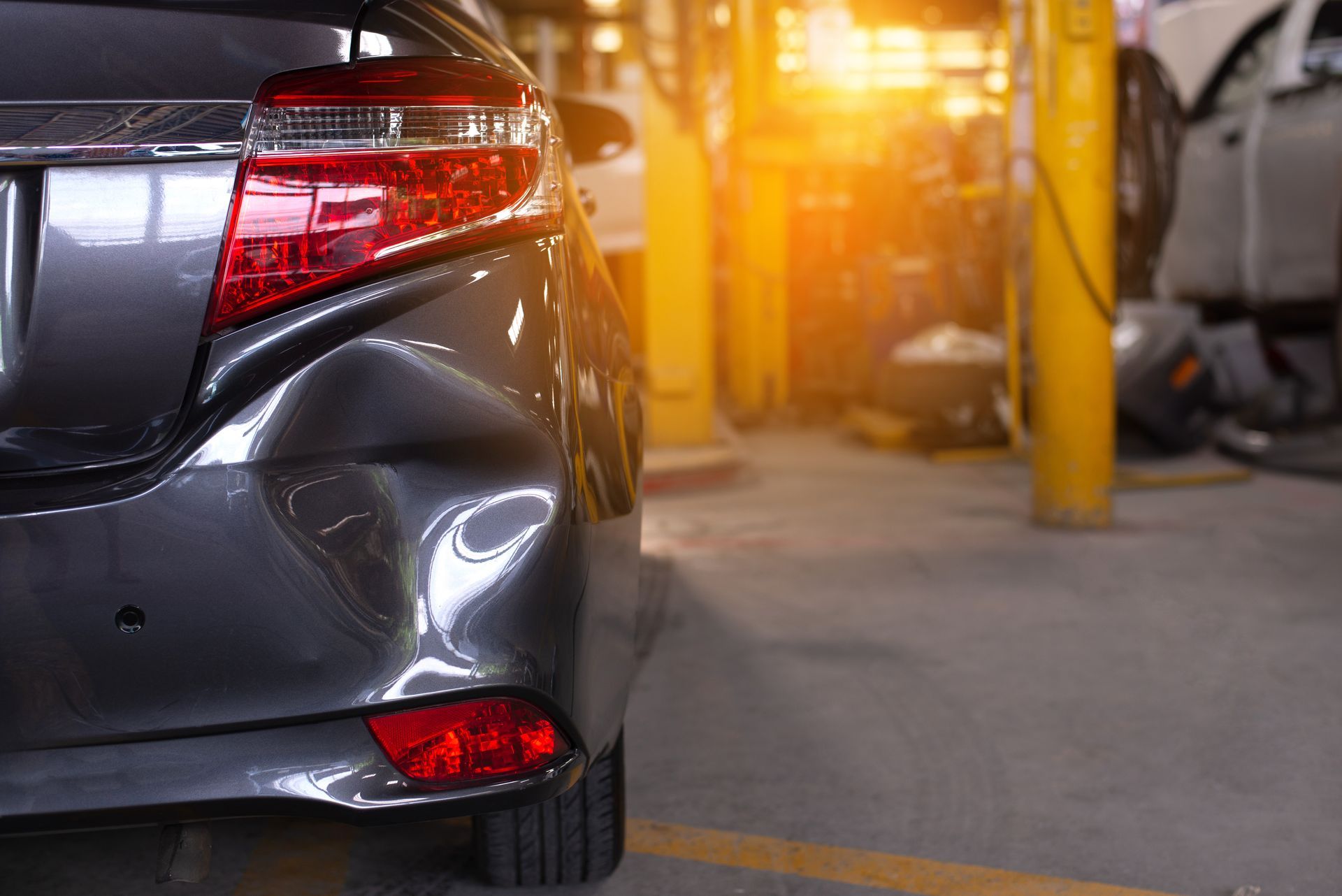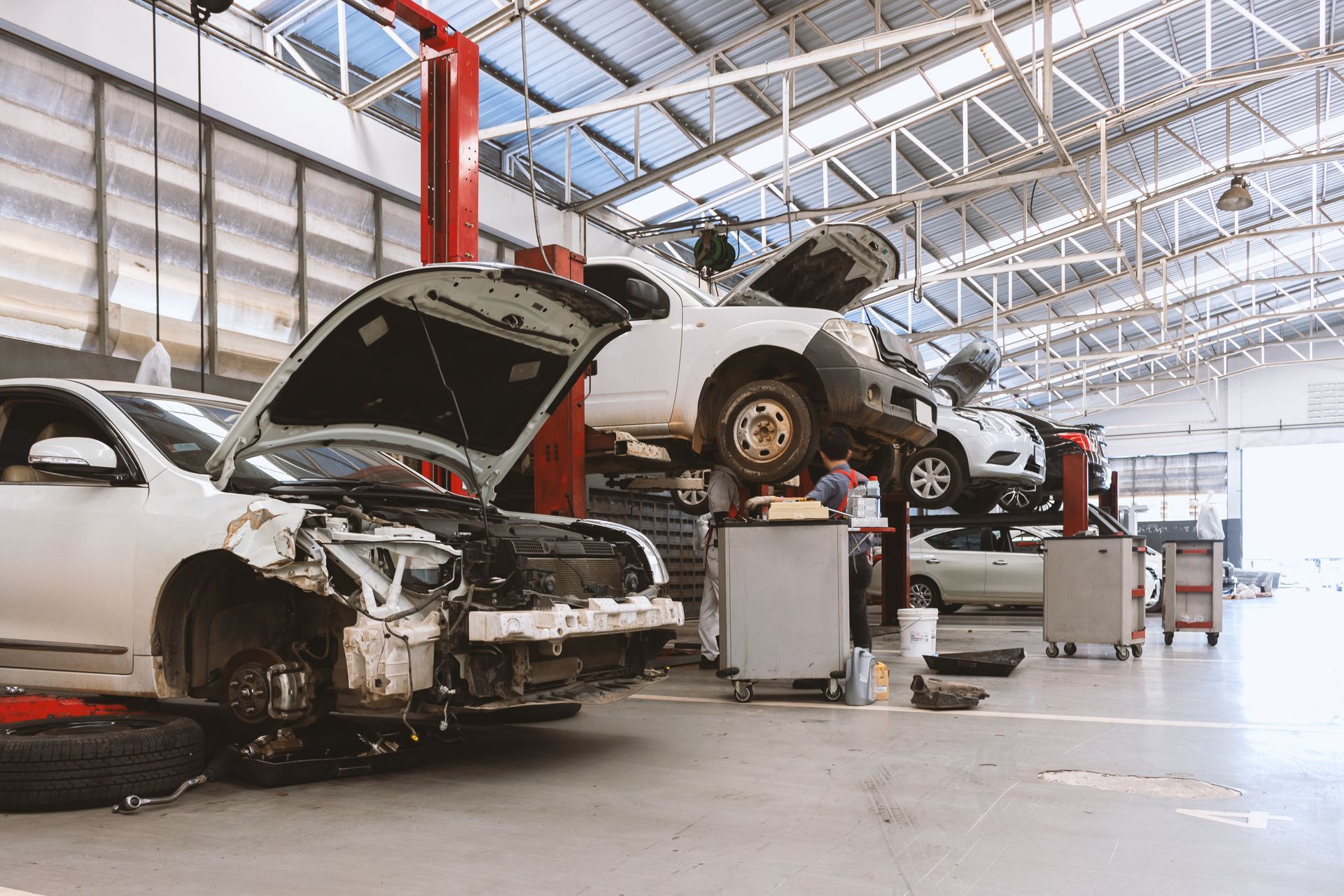Dents happen. Whether it’s a rogue shopping cart, a bump in a parking lot, or a stray hailstone, your vehicle’s panels are always at risk of picking up small dings and impressions. But not all dents require a full body shop overhaul. Paintless dent repair (PDR) is a fast, cost-effective, and non-invasive way to restore your car’s appearance—without repainting.
Still, not every dent is a candidate for PDR. Let’s break down the types of damage that can be fixed using paintless techniques and how to tell when this method is the right choice.
What Is Paintless Dent Repair
Paintless dent repair involves using specialized tools to massage and reshape the metal from behind the panel, gently working out the dent without disturbing the original paint. Because there’s no need for fillers, sanding, or repainting, PDR is typically quicker and less expensive than traditional bodywork.
It also maintains your car’s factory paint job—which is important for preserving resale value and avoiding mismatched paint repairs.
Small Door Dings and Parking Lot Bumps
The most common dents fixed with PDR are small dings caused by car doors or tight parking spaces. These dents are usually less than a few inches wide, shallow, and located in accessible spots like doors or fenders.
If the paint isn’t cracked or chipped and the dent hasn’t stretched the metal too far, paintless repair can usually restore the panel to like-new condition—often in under an hour.
Hail Damage
PDR was practically invented for hail damage. Since hail usually leaves dozens of small, round dents across a car’s hood, roof, and trunk, paintless repair offers a way to fix all of them efficiently without repainting the entire vehicle.
This kind of damage typically affects flat panels, making access and reshaping easier for trained technicians. Many insurance companies even prefer PDR for hail claims because it saves time and preserves the factory finish.
Soft Dents on Flexible Panels
Modern cars are made with a variety of materials—some of which flex slightly under pressure. When a dent forms on a flexible metal panel like a hood, quarter panel, or door skin, and the paint is intact, PDR works especially well. The repair process can often return the panel to its original shape without visible signs of damage.
Panels with a little "give" respond better to the gradual massaging that PDR uses, especially when the dent is not located on a crease or near an edge.
Sometimes PDR Might Not Be Enough
While PDR is ideal for many minor dents, it does have limits. Some situations where traditional bodywork may be necessary include:
- Paint damage: If the paint is cracked, chipped, or missing entirely, the panel will likely need repainting after repair.
- Sharp or deep creases: Dents with sharp lines or edges can stretch the metal in ways that are difficult to reverse with paintless methods.
- Dents on body lines: Panels often have styling lines that add structure. Dents that affect these lines can be harder to repair cleanly without disrupting the shape.
- Plastic panels: PDR works on metal, not plastic. So dents on plastic bumpers or trim pieces usually require a different repair method.
That said, even some more complex dents may still qualify for PDR depending on their depth, location, and condition of the surrounding paint.
Choose PDR When Possible
Aside from the speed and cost savings, PDR is the least invasive way to repair dents. It keeps your factory paint untouched, doesn’t add filler or paint layers, and allows for same-day service in many cases. That makes it a great option for leased vehicles, resale preparation, or just keeping your car looking its best.
It also tends to cost far less than conventional body repair, especially when insurance is involved for minor damage like hail or parking dents.
B & R Auto Body Works – Paintless Dent Repair in Pompano Beach, FL
If your vehicle has a dent and you’re not sure if it qualifies for PDR, bring it to
B & R Auto Body Works in Pompano Beach, FL. We’ll inspect the damage, walk you through your options, and let you know if paintless dent repair is the right fit. Most small dents can be repaired quickly, affordably, and without ever touching your car’s original paint.

